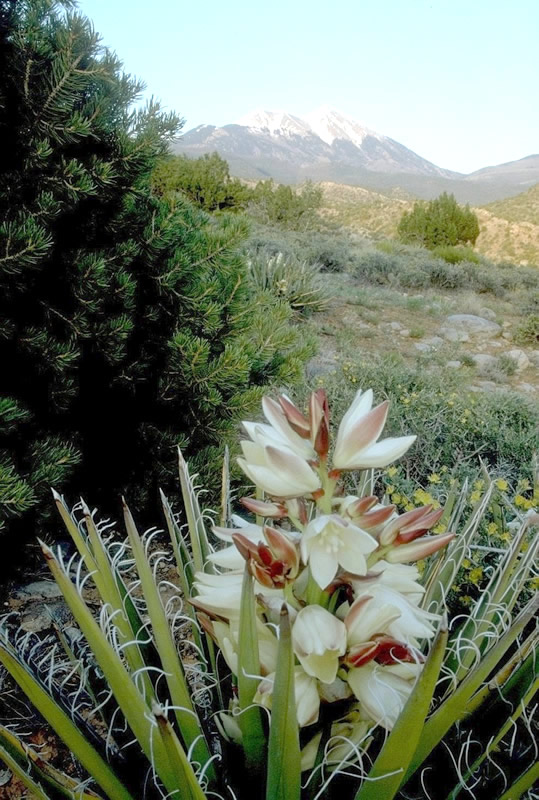Food

Humans have utilized plants to provide for their basic needs, including food and shelter, since before recorded time. Long ago, humans started engaging in forms of plant management to achieve desired outcomes. Activities for plant management included:
- Altering habitat to promote certain plants or certain traits of plants;
- Burning to create an open forest and to burn off old stems of plants and stimulate the growth of fresh, new shoots;
- Sowing seed for cultivation to propagate the species; and,
- Transplanting plant materials and seeds to increase plant production.
Over time, the planting and propagating of useful wild plants led to domestication (the intentional selection for useful traits). As a result, many plant species became dependent on humans for survival and reproduction. Examples of important domesticated plants include:
- Middle East: wheat, barley, oats, apples, and figs
- Africa: barley, millet, coffee, okra, and watermelon
- Far East: rice, soybeans, ginger and eggplant
- Mesoamerica: corn, beans, squash, cacao, and avocado
- South America: potatoes, tomatoes, peanut, and pineapple
- Europe: olives, beets, walnuts, basil, oregano, and celery
- North America: sunflower, cranberry, blueberry, and pecan
Native Americans used plants as a main source of food. Native Americans have documented over 1,600 plant species for use as food. These plants range in diversity, location, and use.
| Plant | Number of Uses |
|---|---|
| Common chokecherry | 163 |
| Banana yucca | 126 |
| Corn | 121 |
| Saskatoon serviceberry | 117 |
| Honey mesquite | 79 |
| American red raspberry | 74 |
| Saguaro | 72 |
| Salmonberry | 71 |
| Thimbleberry | 71 |
| Broadleaf cattail | 71 |
 Camas lily (Camassia quamash) is a native plant that was planted by Western Native Americans. Roots were eaten and made into flour. Camas lily is very similar in appearance to deathcamas (Zygadenus spp.), which is poisonous. Please do not collect and eat wild plants unless you are absolutely certain of their identity! Photo by Kim Pierson.
Camas lily (Camassia quamash) is a native plant that was planted by Western Native Americans. Roots were eaten and made into flour. Camas lily is very similar in appearance to deathcamas (Zygadenus spp.), which is poisonous. Please do not collect and eat wild plants unless you are absolutely certain of their identity! Photo by Kim Pierson.
 Bananna yucca (Yucca baccata) is used for food, medicine, fiber, dye, and ceremony. Photo by Vic Bradfield.
Bananna yucca (Yucca baccata) is used for food, medicine, fiber, dye, and ceremony. Photo by Vic Bradfield.
When Christopher Columbus sailed west to the New World in 1492, he discovered a lot more than just new people and new land. He discovered new kinds of food that Europeans had never heard of or seen before.
| Food Find | Fun Facts |
|---|---|
| Corn |
|
| Potatoes |
|
| Tomatoes |
|
| Peppers (bell pepper, chili pepper) |
|
| Chocolate |
|
| Vanilla |
|
| Peanut |
|
| Cassava root (manioc) |
|
| Avocado |
|
For More Information
- ScholarSpace at University of Hawaii at Manoa: Ethnobotany - Learn more about world food crops. This site has audio programs, videos, and documents available to download.

